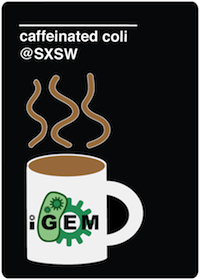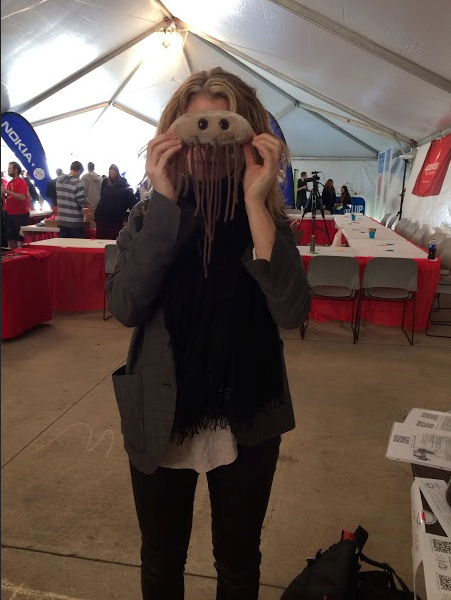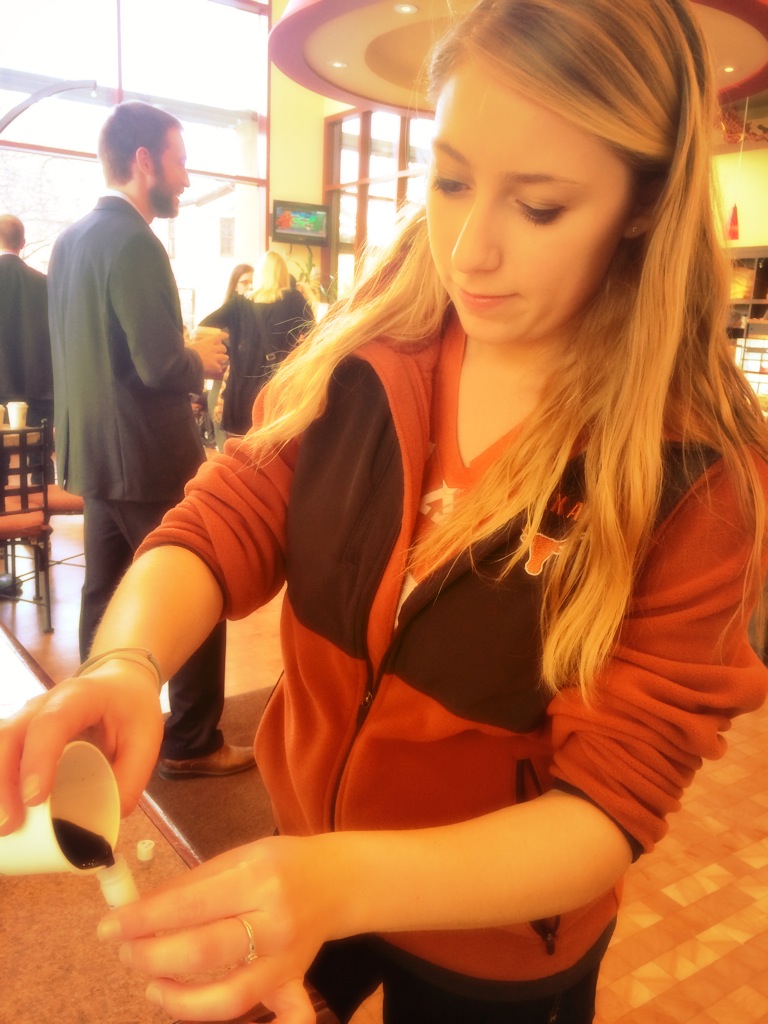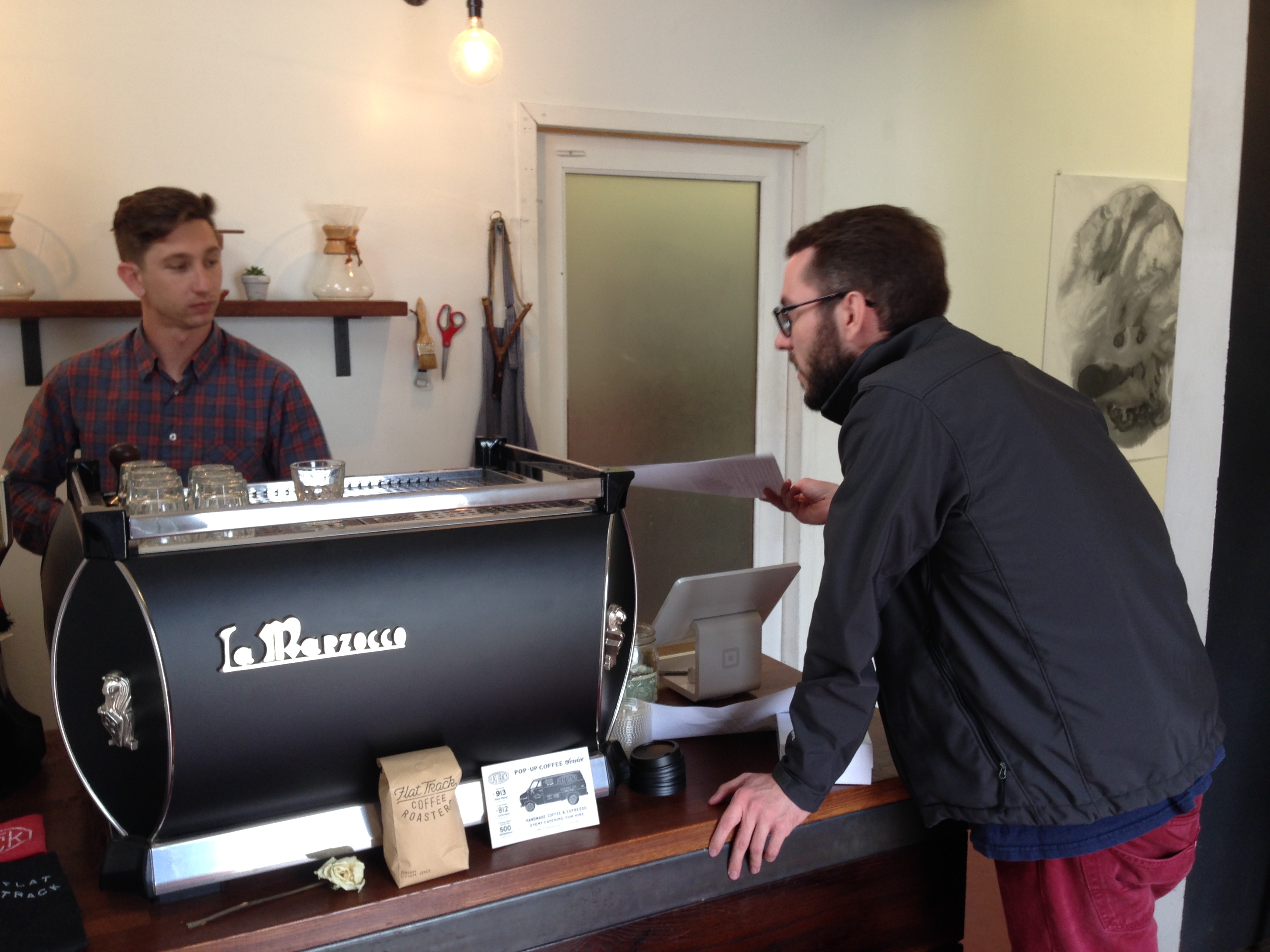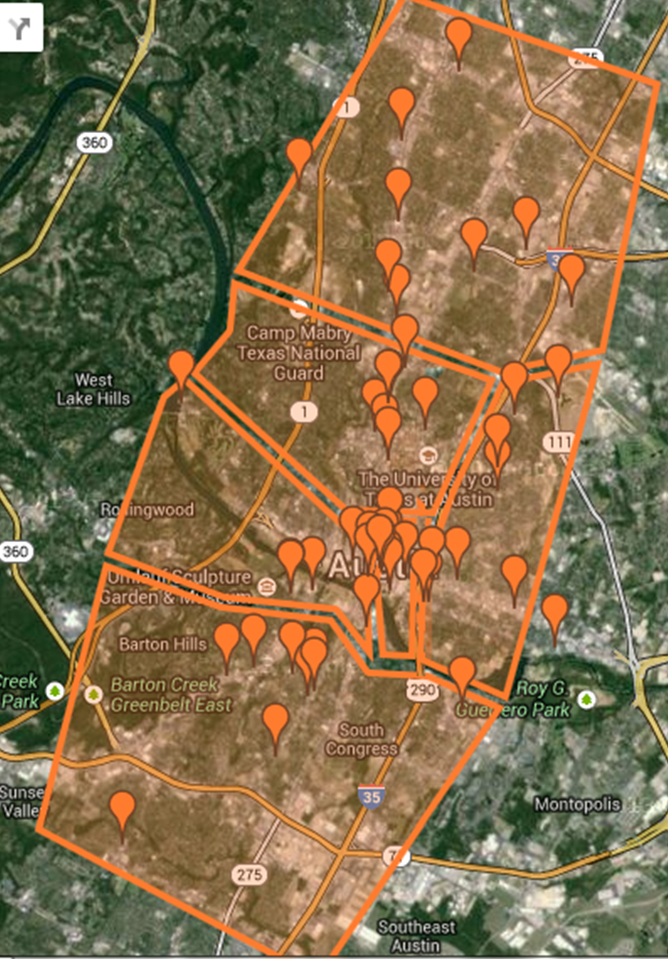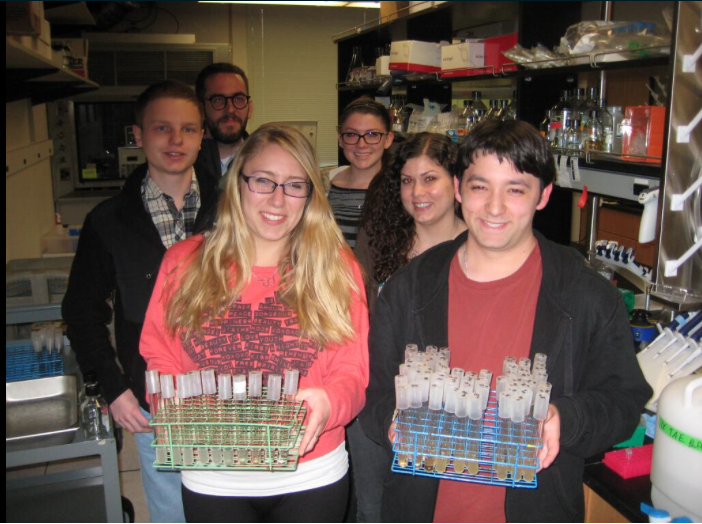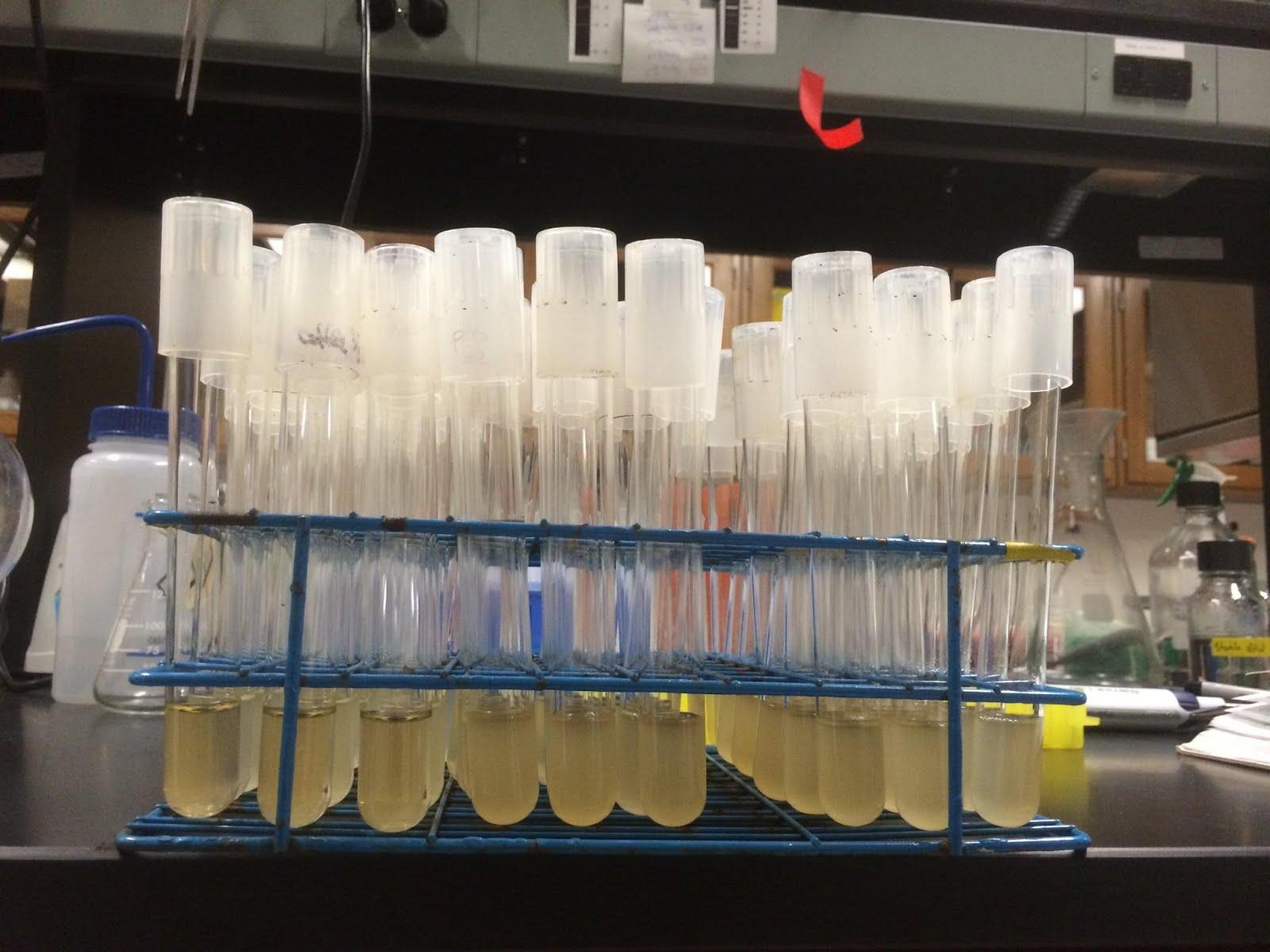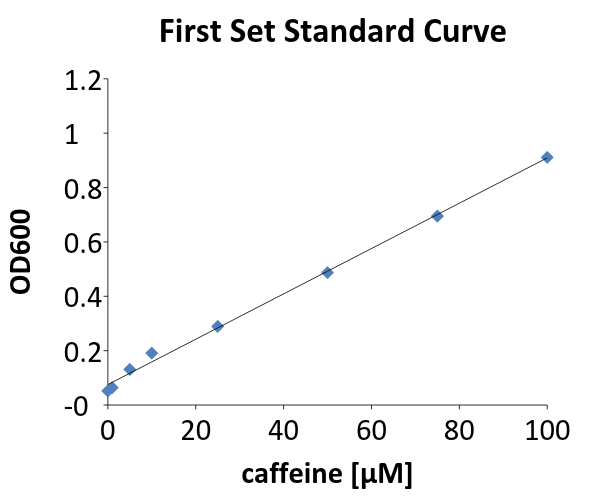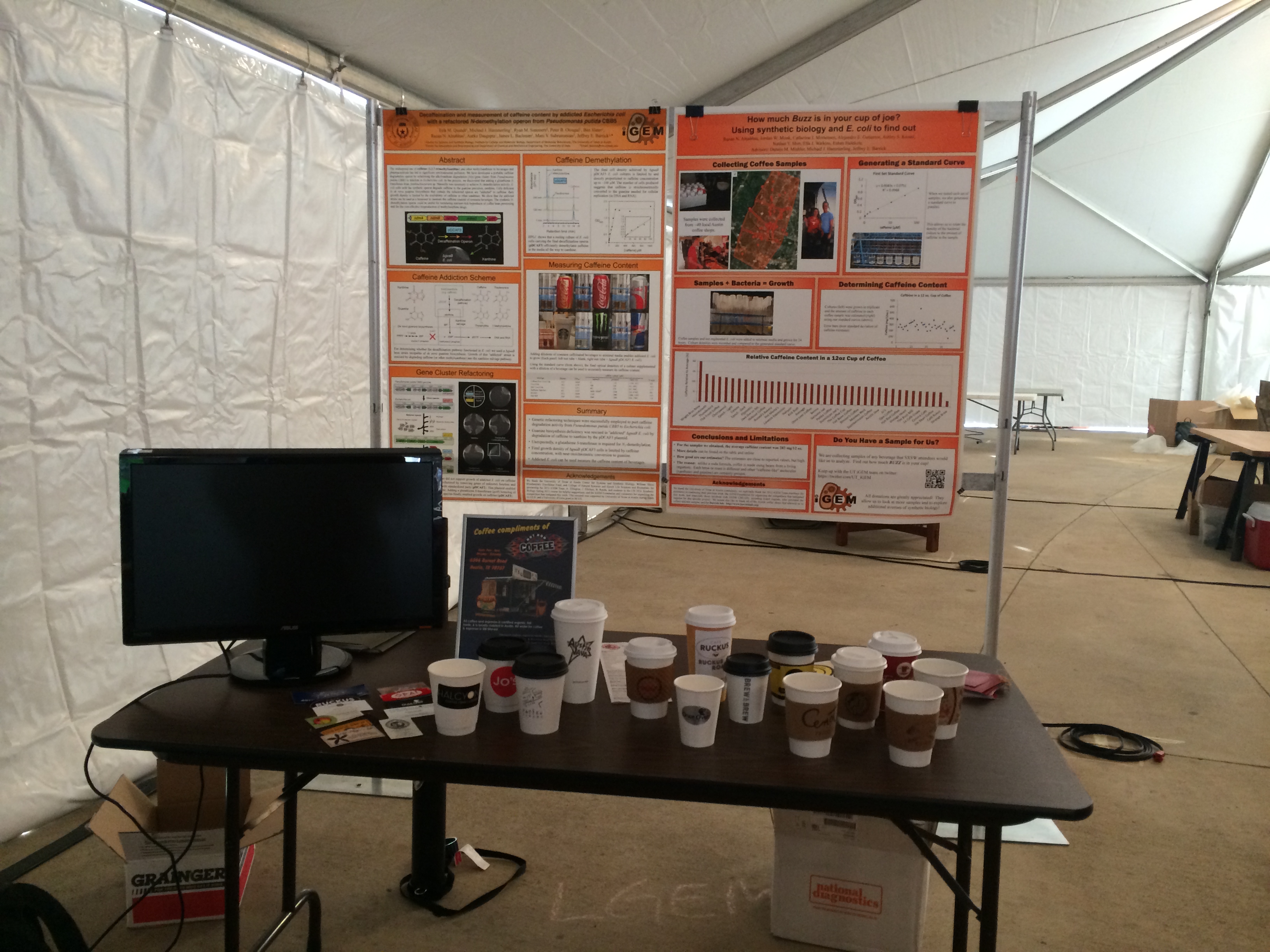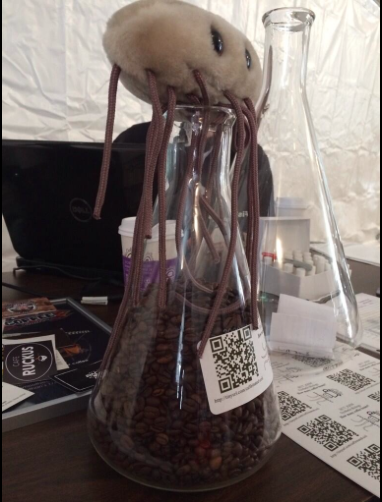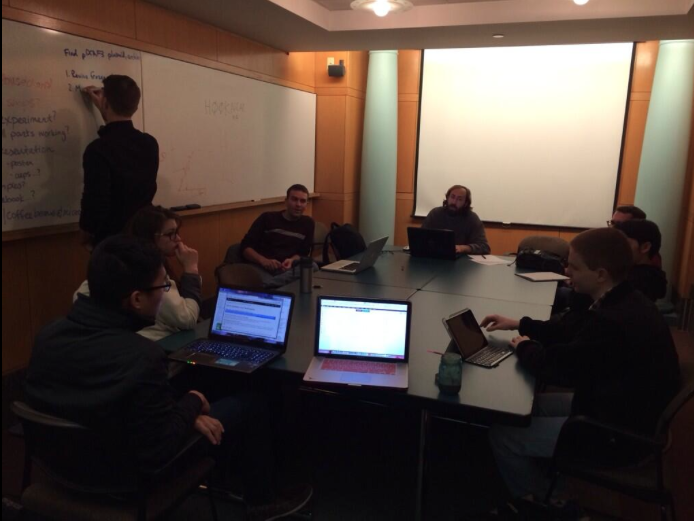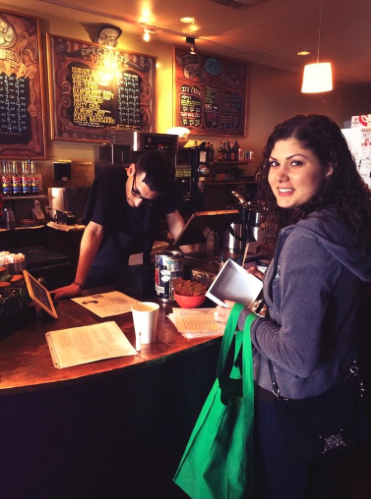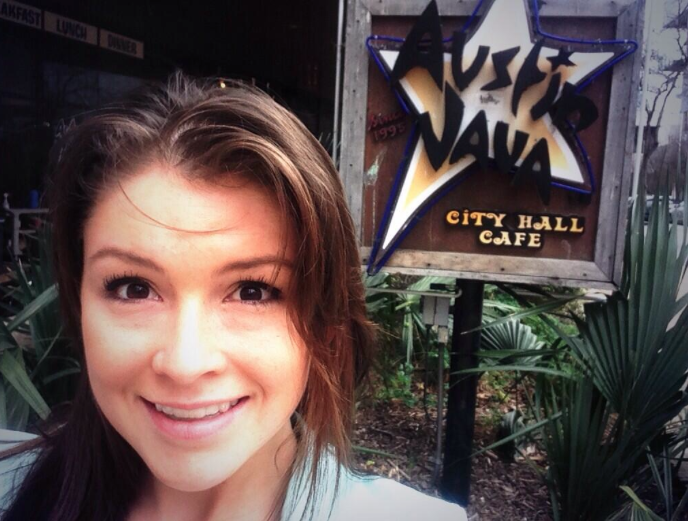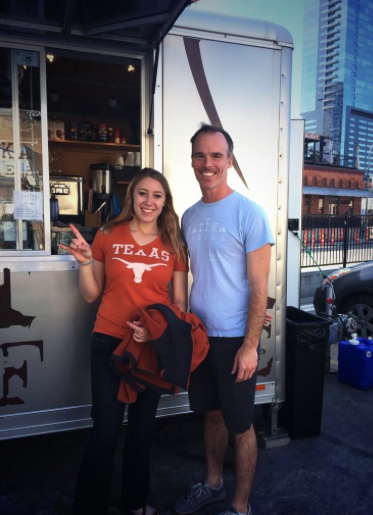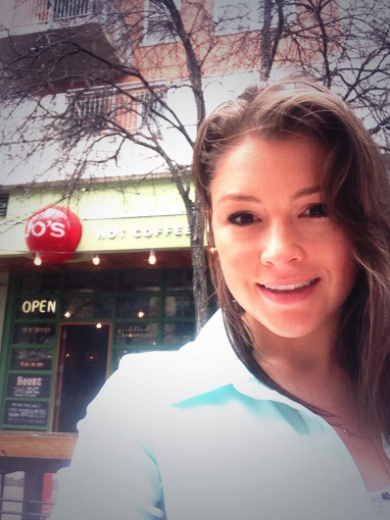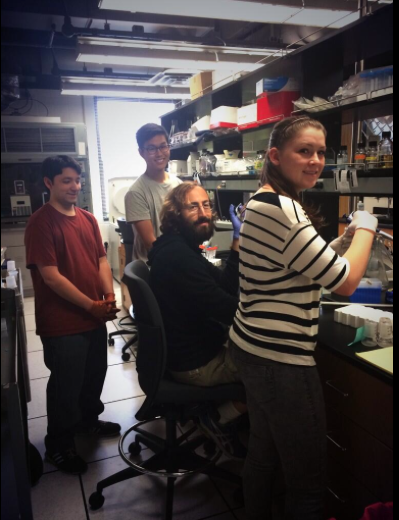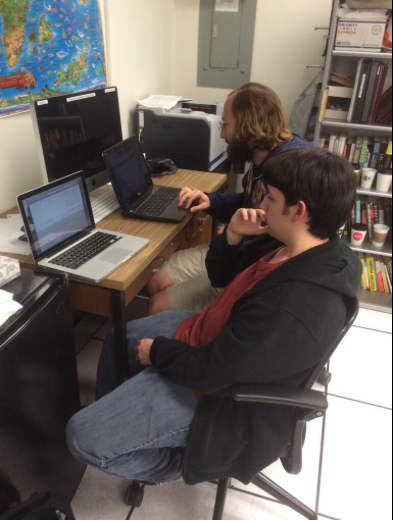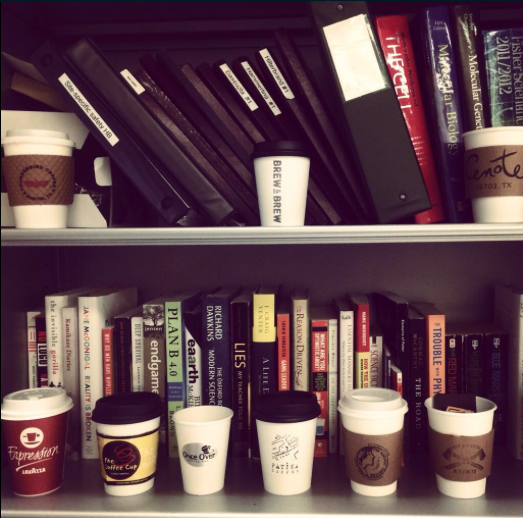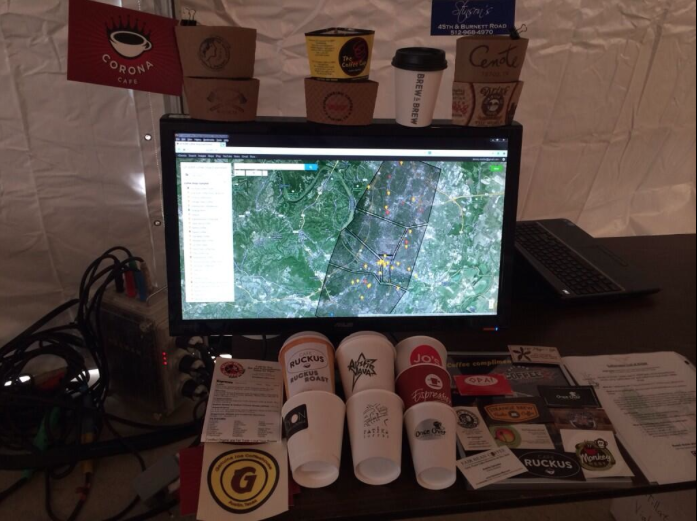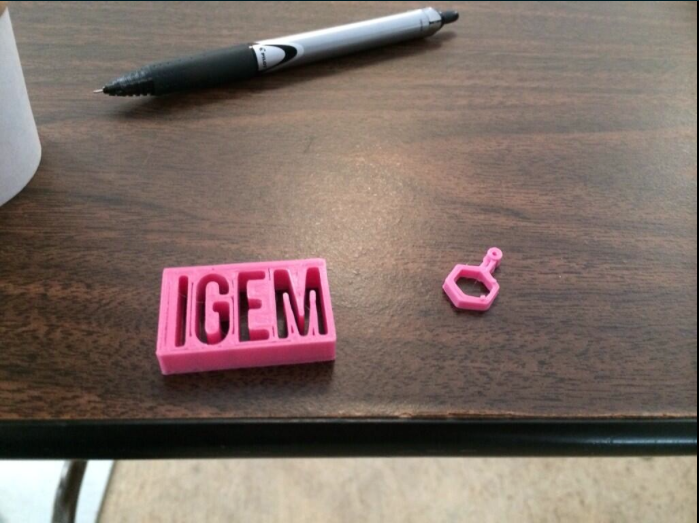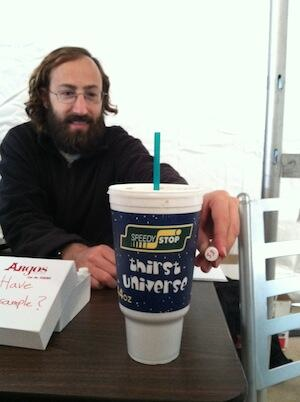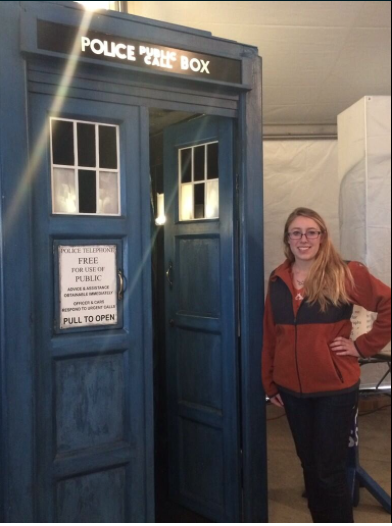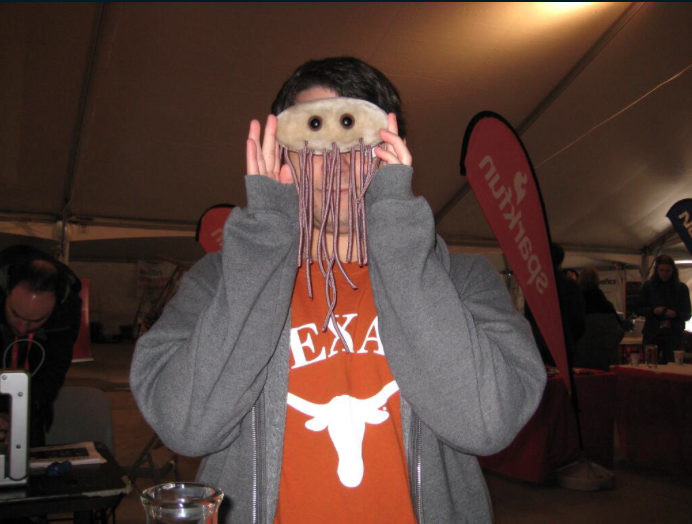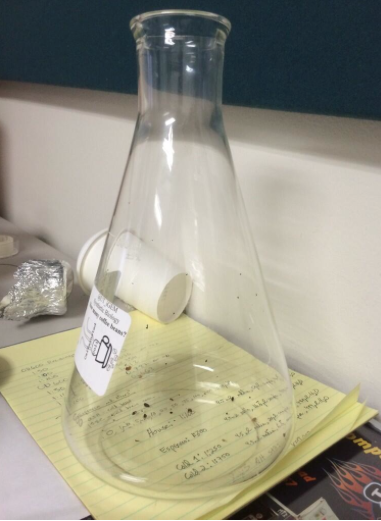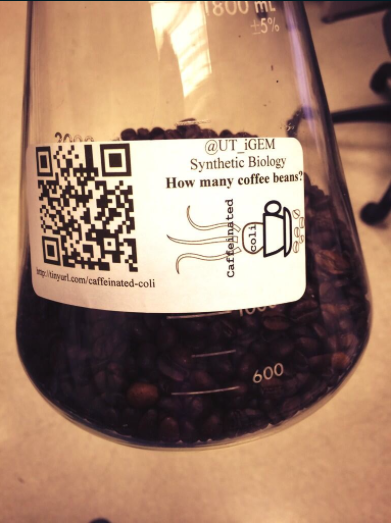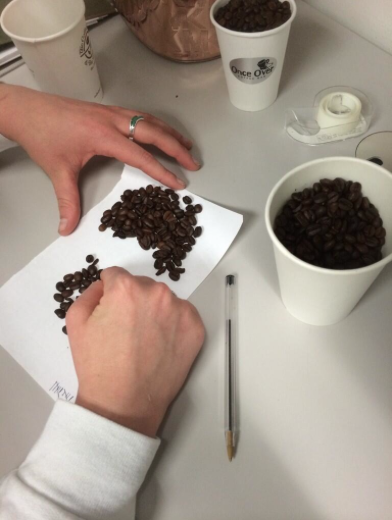Team:Austin Texas/human practices
From 2014.igem.org
| Line 83: | Line 83: | ||
[[file:Ingram.JPG|thumb|left|200px| Special thanks to [https://twitter.com/krening Karen Ingram] for giving us this amazing opportunity to participate at SXSW Create 2014!]] | [[file:Ingram.JPG|thumb|left|200px| Special thanks to [https://twitter.com/krening Karen Ingram] for giving us this amazing opportunity to participate at SXSW Create 2014!]] | ||
[[file:Ellacollectscoffee.JPG|thumb|right|200px| Ella collecting a coffee sample from Austin Java.]] | [[file:Ellacollectscoffee.JPG|thumb|right|200px| Ella collecting a coffee sample from Austin Java.]] | ||
| - | In the spring of 2014, [http://www.kareningram.com Karen Ingram] invited the UT Austin iGEM team to present at [http://sxsw.com/exhibitions/sxsw-create/participants-2014 South by Southwest (SXSW) 2014 Create]. The SXSW festival is an annual set of music, film and interactive events in Austin. The Create event was an interactive event that showcases up and coming maker/hacker/DIY culture. There were a few new team members, so we saw this as an opportunity to not only teach the new members essential research techniques, but also to reach out to the community and raise awareness for the emerging field of synthetic biology. We decided to revive a previous iGEM project, [https://2012.igem.org/Team:Austin_Texas/Caffeinated_coli "Caffeinated Coli,"] and thought it would be interesting to measure the caffeine content of various different local house coffees. Such a project would give us a platform to engage the wider community on the topic of synthetic biology, and hopefully serve to better inform people about the potential benefits of synthetic biology and its applications. We were very happy with the feedback we received. | + | In the spring of 2014, [http://www.kareningram.com Karen Ingram] invited the UT Austin iGEM team to present at [http://sxsw.com/exhibitions/sxsw-create/participants-2014 South by Southwest (SXSW) 2014 Create]. The SXSW festival is an annual set of music, film, and interactive events in Austin. The Create event was an interactive event that showcases up-and-coming maker/hacker/DIY culture. There were a few new team members, so we saw this as an opportunity to not only teach the new members essential research techniques, but also to reach out to the community and raise awareness for the emerging field of synthetic biology. We decided to revive a previous iGEM project, [https://2012.igem.org/Team:Austin_Texas/Caffeinated_coli "Caffeinated Coli,"] and thought it would be interesting to measure the caffeine content of various different local house coffees. Such a project would give us a platform to engage the wider community on the topic of synthetic biology, and hopefully serve to better inform people about the potential benefits of synthetic biology and its applications. We were very happy with the feedback we received. |
| Line 112: | Line 112: | ||
[[file:teamcoffee.png|400px|thumb|center|The beginning of something great! Special thanks to Razan Alnahhas (second row, right) for mentoring and to Mike Hammerling (not pictured) and Ashley Kessel (second row, left) for assistance in sample collection.]] | [[file:teamcoffee.png|400px|thumb|center|The beginning of something great! Special thanks to Razan Alnahhas (second row, right) for mentoring and to Mike Hammerling (not pictured) and Ashley Kessel (second row, left) for assistance in sample collection.]] | ||
| - | + | <h1>Doing the Science</h1> | |
[[file:UT_Austin_E._coli_coffee_cultures.jpg|250px|thumb|left| Cultures of knockout strain grown with collected coffee samples.]] | [[file:UT_Austin_E._coli_coffee_cultures.jpg|250px|thumb|left| Cultures of knockout strain grown with collected coffee samples.]] | ||
| Line 120: | Line 120: | ||
| - | + | <h2>Measuring Caffeine Content</h2> | |
The protocol was simple: we provided our caffeinated coli with a diluted sample of coffee we had acquired from the various shops, and then compared the relative growth of each culture by measuring the absorbance at 600 nm (OD<sub>600</sub>). The simplicity of the project was the key to its success. It provided a glimpse into the exciting new world of synthetic biology for the new members and allowed them to learn vital skills that were used in day to day research during the summer. | The protocol was simple: we provided our caffeinated coli with a diluted sample of coffee we had acquired from the various shops, and then compared the relative growth of each culture by measuring the absorbance at 600 nm (OD<sub>600</sub>). The simplicity of the project was the key to its success. It provided a glimpse into the exciting new world of synthetic biology for the new members and allowed them to learn vital skills that were used in day to day research during the summer. | ||
| - | Our results can be seen in Figure 1, below. | + | Our results can be seen in ''Figure 1'', below. |
| Line 131: | Line 131: | ||
=Presenting the Science= | =Presenting the Science= | ||
| - | In March 2014, we presented this data set at the SXSW festival. As part of this outreach, we explained our project and synthetic biology to a wide range of people. Many people who came by had little to no background in science or technology, and those who did did not have a thorough understanding of what synthetic biology was or how it could be helpful. By discussing our experiments with bacteria and coffee, an interesting and easy to understand application, we were able to explain the basic concepts of synthetic biology and how it can be used in a beneficial way. Occasionally, these conversations would branch out into wider topics of science and technology. We feel this is a far better way for the public to learn about synthetic biology than from rumors about GMOs. | + | In March 2014, we presented this data set at the SXSW festival. As part of this outreach, we explained our project and synthetic biology to a wide range of people. Many people who came by had little to no background in science or technology, and those who did did not have a thorough understanding of what synthetic biology was or how it could be helpful. By discussing our experiments with bacteria and coffee, an interesting and easy-to-understand application, we were able to explain the basic concepts of synthetic biology and how it can be used in a beneficial way. Occasionally, these conversations would branch out into wider topics of science and technology. We feel this is a far better way for the public to learn about synthetic biology than from rumors about GMOs. |
==Community Response== | ==Community Response== | ||
| Line 151: | Line 151: | ||
| - | To involve everyone attending the event and raise more awareness for the iGEM team, we held a contest in which patrons attending the event could enter to win an ''E. coli'' plush upon following us on [https://twitter.com/UT_iGEM Twitter | + | To involve everyone attending the event and raise more awareness for the iGEM team, we held a contest in which patrons attending the event could enter to win an ''E. coli'' plush upon following us on [https://twitter.com/UT_iGEM Twitter]. |
==Impact on Synthetic Biology== | ==Impact on Synthetic Biology== | ||
Revision as of 01:10, 18 October 2014
| |||||||||||||||||||||||||||||
 "
"

